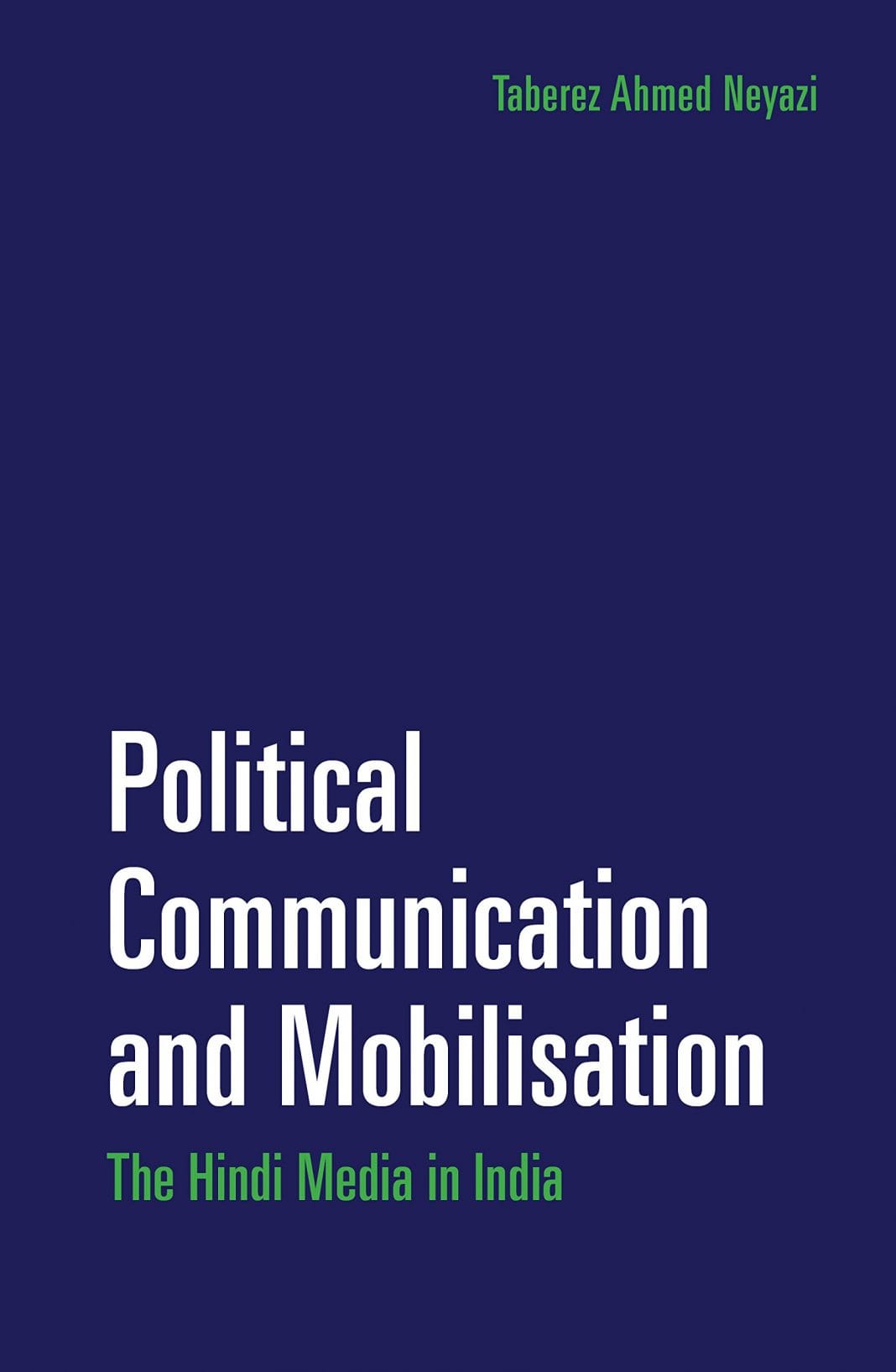
The book maps Hindi media post-independence, and shows how they adapted to socio-political stimuli.
During India’s struggle for independence, the Hindi media mounted a formidable challenge to the state-sanctioned British media. But in the post-Independence decades, it was India’s English media that dominated the public discourse and urban consciousness, despite limited reach. Little wonder, then, that the potency of the Hindi media has been ignored in academia for long.
In Political Communication and Mobilisation: The Hindi Media in India, author Taberez Ahmed Neyazi carefully unravels the mysteries of Hindi media, and its triumphant return in the 1980s on the back of people’s movements, the Babri Masjid controversy and the Mandal Commission agitation.
Using extensive fieldwork and interviews, the book asserts that Hindi newspapers adapted themselves to socio-political stimuli.
The book spends a lot of time proving to the readers how Hindi newspapers were able to localise their circulation and thus be relevant to a major group of people that the urban English media ignored: rural Indians and farmers. Local editions, aggressive mobilised advertisement, and an orientation towards ‘local successes’ ensured profit and increasing readership/viewership for the Hindi media. This is an accomplishment Neyazi applauds. Media savvy acumen, for instance, may be credited for the victories of Anna Hazare and the BJP in 2014.
However, Neyazi is careful to temper blind praise with sensitive insights into the nature of this circulation. The exponential growth of newspapers in the late 1980s and after, while commendable, is also noteworthy for biased and provocative reportage of the Babri Masjid issue.
Neyazi also reminds his readers that news organisations are made up of specific individuals who create content. He tells us that there is a long way to go before marginalised women and Dalits enter mainstream Hindi media as reporters, editors, or marketers. This is why it is possible for newspapers or websites to continue sexist or casteist reportage.
It is a delightful book for anyone who wants to learn more about the impact of indigenous media. It delves into numbers and delivers a sensitive account of the development of Hindi media since the publication of Hickey’s Bengal Gazette.
The writer is an assistant professor in the University of Delhi.


COMMENTS